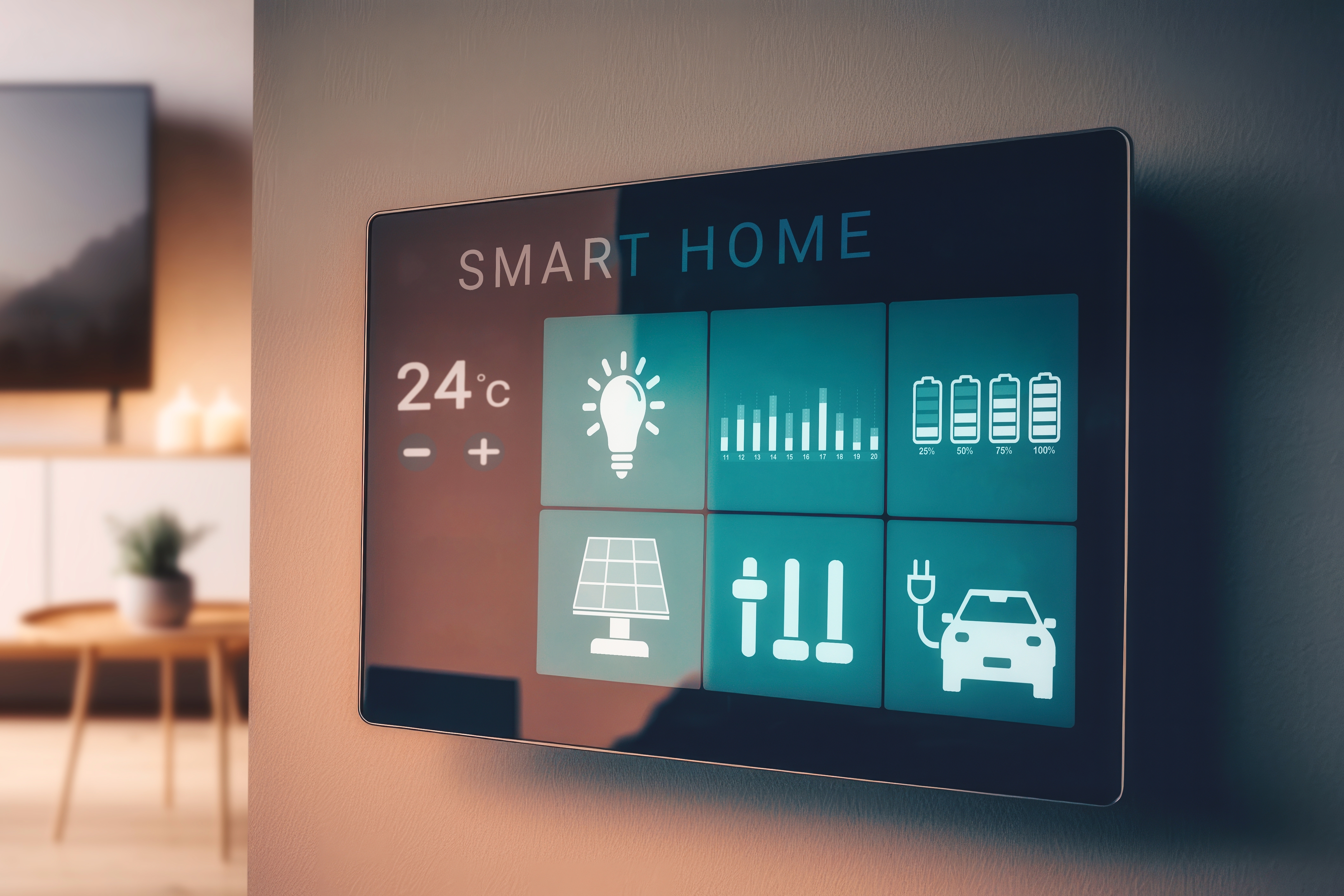Smart Home Systems: Integrating Solar Energy and Automation
A smart home combines connected devices, centralized control, and automated routines to make daily life more convenient, efficient, and secure. Modern systems increasingly integrate renewable energy sources and networked control, allowing homeowners to monitor usage, run appliances, and manage climate systems remotely. This article explains how common elements—solar panels, smartphones, automation logic, and control panels—work together to create a coherent smart-home ecosystem.

How do solar panels fit into smart homes?
Solar panels convert sunlight into electricity and are often the renewable foundation of a smart home energy strategy. In a smart-home setup, panels feed power to an inverter and, if present, a battery storage system. Smart energy management platforms monitor production and match it to household demand, prioritizing on-site consumption when solar generation is high. Integration points include inverters with communication ports, energy meters, and software APIs that allow home automation hubs to use solar output as a trigger for specific actions, such as delaying washing machine cycles or running charging for electric vehicles during peak generation.
Can solar energy power home automation?
Yes—solar energy can power automation directly or indirectly. Direct powering occurs when on-site generation supplies the loads that run automation controllers, sensors, and smart appliances. Indirectly, automation systems optimize how solar energy is used: they shift discretionary loads (dishwashers, pool pumps) to times of high solar production, adjust thermostats to reduce HVAC draw during low-production periods, and manage battery charge/discharge cycles. Smart home platforms can also use forecasts and historical data to decide when to use grid power versus stored solar energy, improving cost-effectiveness and resilience during outages.
How does a smartphone control smart home devices?
A smartphone acts as a primary user interface for many smart-home systems. Mobile apps communicate with devices locally over Wi‑Fi, Bluetooth, or Zigbee/Z‑Wave bridges, or remotely through cloud services. From a single app a user can view energy dashboards, change thermostat setpoints, operate lighting, and receive alerts. Modern apps provide voice assistant integration, scene creation, and automation editing. For reliability and privacy, some homeowners prefer local-control options or hubs that minimize cloud dependency while still allowing secure smartphone access when away from home.
What role does a control panel play in automation?
A control panel or central hub coordinates devices, enforces automation rules, and provides a consolidated interface for monitoring. Control panels can be physical touchscreens installed in the home or virtual hubs running on small servers or smart speakers. They translate automation logic—time-based schedules, sensor triggers, or energy conditions—into device actions. In energy-aware systems, the control panel receives inputs from solar inverters and battery systems and then issues commands to appliances to align consumption with generation. Robust control panels offer logging, firmware management, and integration with local services to ensure continuity without complete cloud reliance.
How does automation improve energy use and comfort?
Automation brings precision and repeatability to energy management and comfort settings. Routine tasks such as adaptive thermostat adjustments, smart lighting schedules, and demand-response participation reduce unnecessary consumption while maintaining living standards. When tied to solar panels and energy meters, automation can preferentially run high-load tasks during renewable production, reducing grid dependence and potentially lowering utility costs. Automation also enhances comfort by learning occupant preferences and making incremental adjustments—such as pre-cooling or pre-heating before occupancy—based on presence detection or calendar events, balancing comfort and efficiency.
Conclusion
A well-designed smart home combines hardware (solar panels, inverters, batteries), interfaces (control panels and smartphones), and automation logic to deliver energy-aware, convenient living. The interoperability of these components determines how effectively a home can shift loads, make use of on-site solar energy, and maintain comfort while minimizing waste. As technologies and standards evolve, homeowners can choose configurations ranging from simple app-based control to advanced local hubs that prioritize privacy and resilience.






